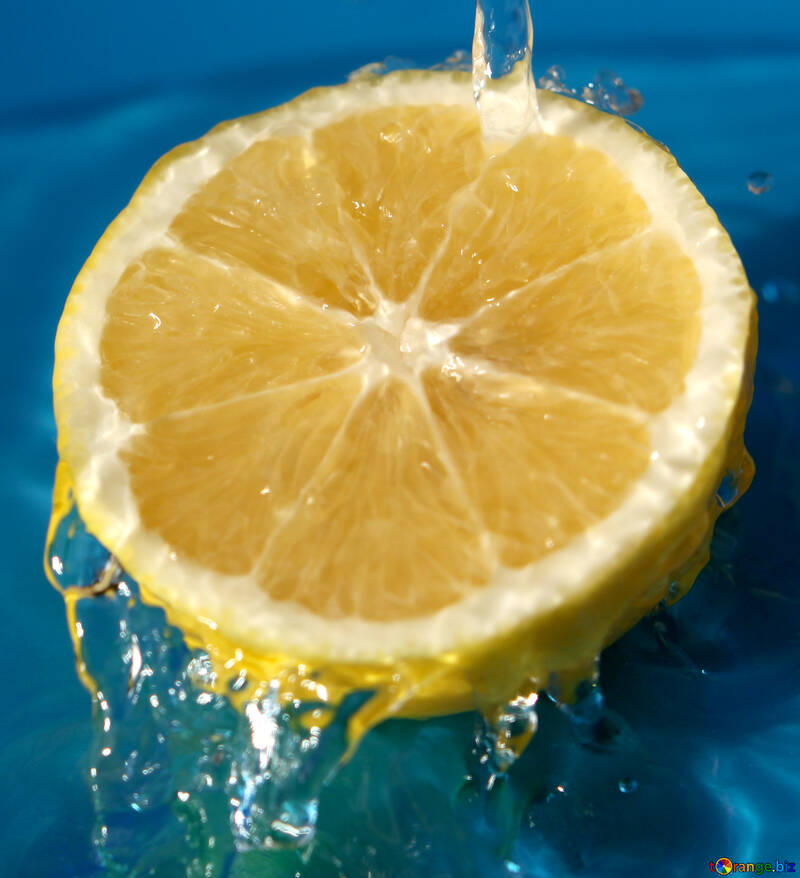Pre-Lab:
Purpose: Which fruit will produce the most electric voltage?
Hypothesis: When I attach a galvanized nail and a copper strip to a lemon, the greatest voltage will be produced.

Materials: Fruits, Voltmeter, 2 wires, 2 different metals (Copper/Zine), knife
Procedure:
- Cut the piece of fruit
- Put in 2 pieces of metal
- Attach to the voltmeter using 2 wires
- Record the results
- Compare results from several pieces of fruit
Why?: The lemon will produce the greatest voltage because it is extremely acidic.
Our Results!
Lemon:

- 0.9v
- 0.85v
Banana:

- 0.5v
- 0.79v
Potato:

- 0.7v
- 0.8v
Observations:
- None of the voltages passed 1 volt.
- The voltage was higher when we put the positive and negative terminals closer together in the fruit.
- The voltage doesn’t get higher when you poke the metals through all 3 fruits.
Conclusion:
In conclusion, me and my group found out that the lemon produced the highest amount of voltage of 0.9. We did 2 tests and used the highest number to compare all the fruits. We also put the metals farther apart for the first test and close to each other for the second test. As a class, we all found different voltages for the same types of fruits and most of us also agreed that the lemons produced the most voltage. My hypothesis was correct that the lemon would produce the highest amount of voltage.
Questions
What is causing electrons to flow?
The fruits/vegetables have electrolytes that allow the electrons in the metals to flow.
Independent variable: Types of fruits
Dependent Variable: The voltages
Controlled Variable: The cables
How can we modify our experiment to improve our results?
We can have at least 2 groups doing the same 3 fruits and having the metals put in around the same distance apart. That can improve our results. Another thing we can try is having one group put the metals close and one group put them farther apart and take the voltage in between the 2.
What could be sources of error or uncertainty in our experiment?
Sources of error or uncertainty in our experiment could be not having the metal stuck deep enough into the fruit and the metal being moved, causing a varying voltage.
How can I use this in my everyday life?
I don’t think I would be able to use this in my everyday life but I learned the concept of electrons and the reaction between the metals and the electrolytes in the fruits.